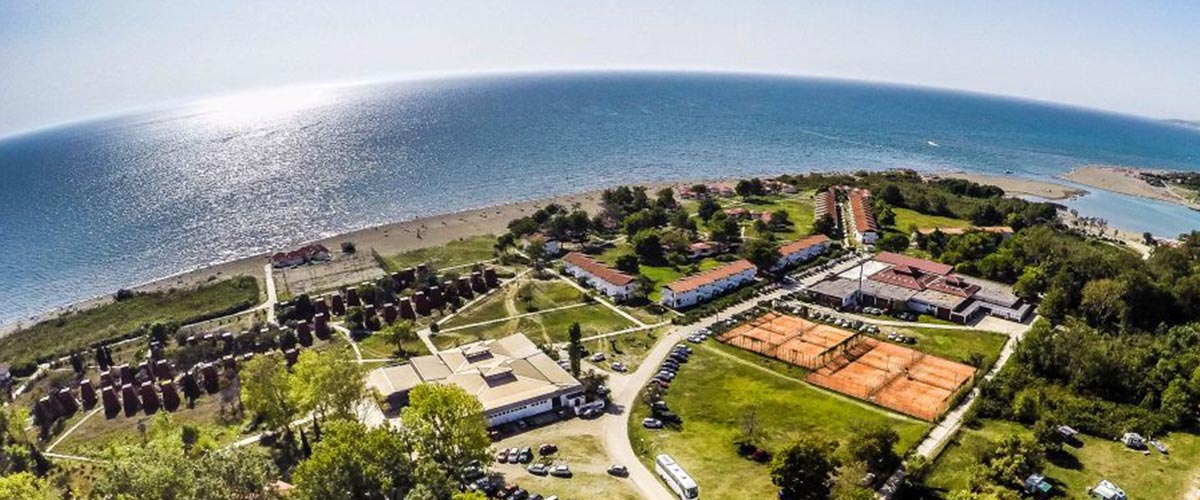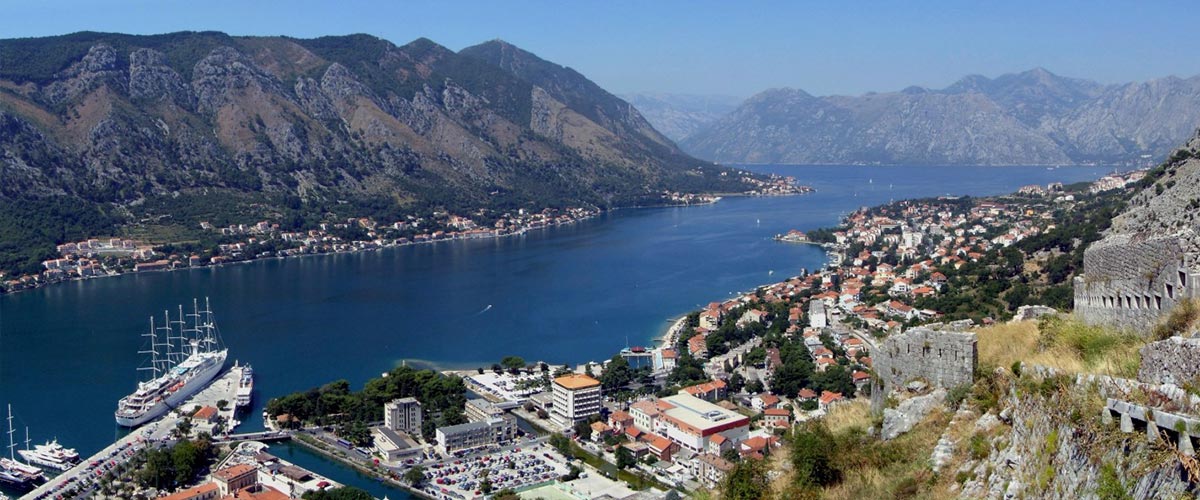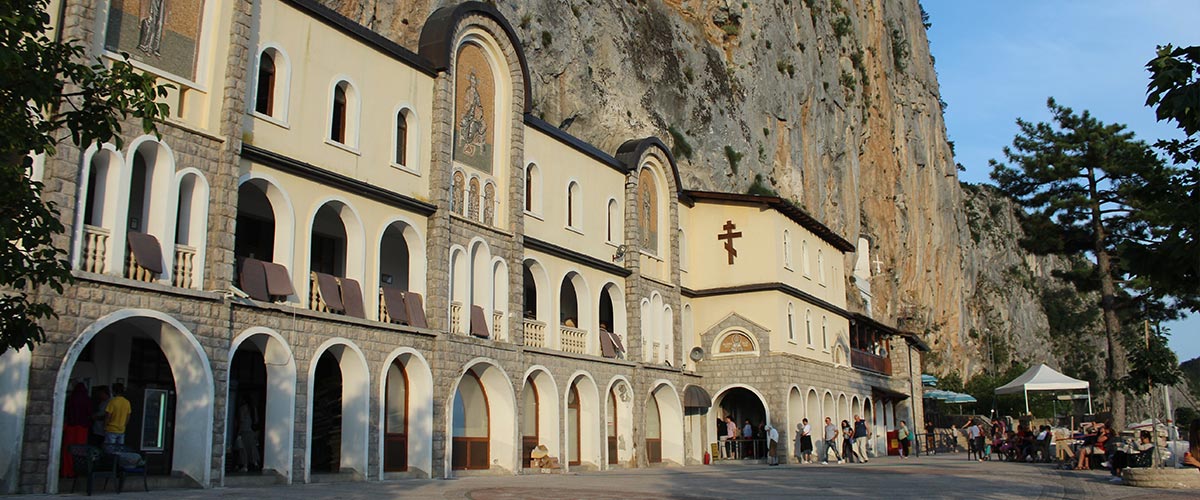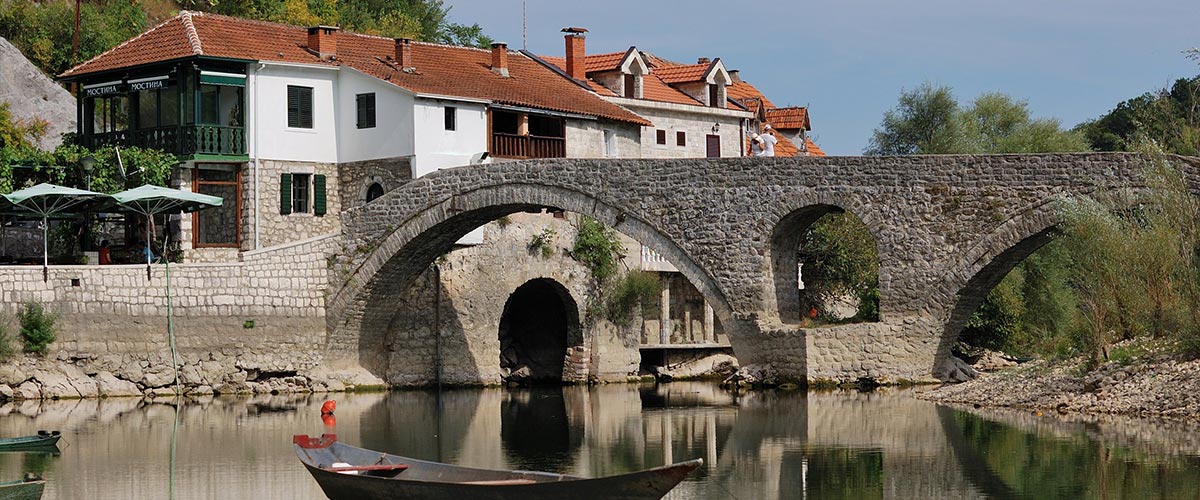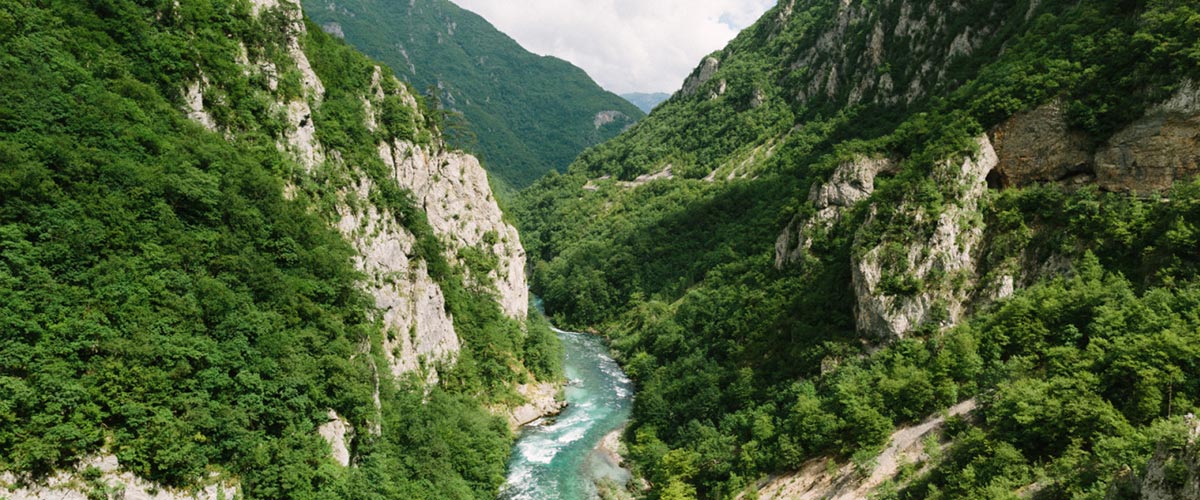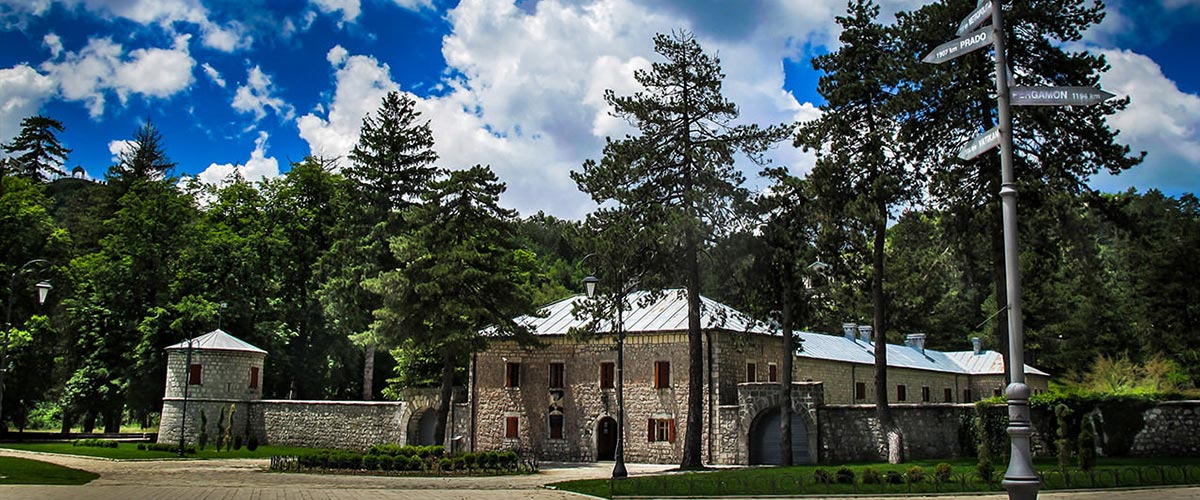Along of the valley and its winding river, wrapped in rows of mountain streams and green rocks, flower meadows and orchards, native vineyards and grain fields, in the high altitudes of the Ostrog Mountain, in Montenegro, emerged from the depths of the ancient rocks, the white Ostroška svetinja, the monastery Resurrection of the Blessed Virgin Mary.
The Ostrog Monastery, the largest Montenegrin and one of the largest sanctuaries of the Orthodox world. Visits to the monastery built high on the rocky mountain, which say, miracles still happen today, is an inevitable tour for tourists and a route for pilgrims of all religious confessions. only the building of this place is engraved in a rocky mountainous mountain high above Bjelopavlić plain and gentle Zete, between Nikšić and Danilovgrad.
The monastery of St Basil of Ostrošik is preserved in the Monastery, whose miraculous, inefficient healing power is equally trusted by both Christians and Muslims. He died on 12 May 1671, and his miraculous powers and his grave have been preserved to this day. In the place where it was exhaled, it is a grapevine, a stone, where it still produces sweet fruits, even though there are no natural or climatic conditions suitable for growth.
The monastery building consists of Lower and Upper Monastery. From the entrance door to the Upper Monastery to the upper church, it is necessary to cross 77 steps. It is interesting that St. The Basilicans from their own resources renewed the old, the Residential Church, and bought a piece of land for processing, so that they could provide basic food. The lower monastery was erected in 1820, at an altitude of 800 meters. At the entrance to this monastery there is the church of Sv. Three from 1824. Between the lower and upper monasteries of 2005, the Church of St Stank of Stanko was also erected – the godparents killed by the Turks because he publicly admitted that he was a Christian and in which his hands were kept.



